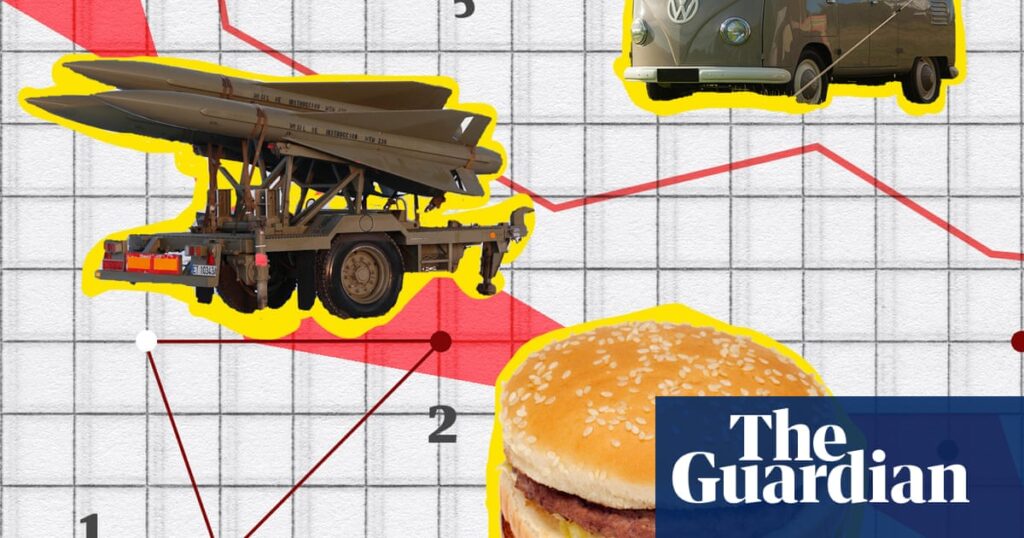
Hello and welcome to another edition of The Crunch! This week, we delve into the intricate dependencies of European militaries on US arms, the environmental implications of a major Australian gas project, and the fascinating trends in European summer holidays.
Australia’s Gas Project: A Climate Conundrum
Woodside’s North West Shelf gas project on the Burrup Peninsula in Western Australia stands as one of the world’s largest liquefied natural gas ventures. In a controversial move, the Australian Labor government approved an extension for the project in May, allowing it to operate for an additional 40 years, from 2030 to 2070.
This extension is projected to be responsible for approximately 87.9 million tonnes of carbon dioxide equivalent annually, as the gas is exported and burned. This staggering figure places the project among the top contributors to greenhouse gas emissions, surpassing the total emissions of some entire countries.
The decision has sparked significant debate among environmentalists and policymakers, highlighting the tension between economic interests and environmental responsibility. Experts warn that such projects could undermine global efforts to combat climate change.
Europe’s Military Dependence on US Arms
Europe’s militaries continue to rely heavily on US-made weapons and equipment. A detailed analysis of stockpile data reveals a persistent dependence that raises questions about the feasibility of a European-led rearmament strategy.
This reliance is particularly evident in the context of the US urging NATO members to increase military spending. Despite ambitions for greater autonomy, European nations find themselves tied to American defense supplies, a situation that complicates strategic independence.
According to defense expert Dr. Emily Thompson, “The transatlantic defense relationship is complex and deeply rooted. While there is a desire for more European-led initiatives, the reality is that US arms and technology remain crucial to European security.”
The Global AI Divide
The AI boom is another area where disparities are evident. A chart from the New York Times illustrates how certain countries and companies dominate the market for AI data centers, leaving others trailing behind. This uneven distribution highlights the challenges of creating a level playing field in the rapidly evolving tech landscape.
Summer Holiday Trends Across Europe
Amidst the serious topics, a lighter note comes from Sebastian Gräff of the European Correspondent, who visualizes the peak holiday periods across Europe. Northern European countries tend to take vacations earlier and spread them out more evenly, while southern European nations concentrate their breaks over the same weeks later in the summer.
These patterns reflect cultural differences and have implications for tourism industries, which must adapt to these varying schedules.
Inflation and the “Big Burger”
In the realm of economics, the “Big Inflation-Burger” visualization from ABC News, a winner in the Information is Beautiful awards, offers a unique perspective on inflation. It reveals how multinational companies manipulate intellectual property payments to shift money offshore, a practice that has significant implications for global economic fairness.
Spotlight on the Middle East
The ongoing conflicts in the Middle East remain a focal point for global attention. Alvin Chang’s visual essay for The Pudding provides an engaging look at an experiment that paid participants to converse with strangers for 30 minutes. This project sheds light on human interaction and the potential for understanding across divides.
As we continue to explore these diverse topics, we invite you to sign up for The Crunch to receive our insights directly in your inbox every fortnight. Stay informed with the most important charts and data visualizations from around the world.







